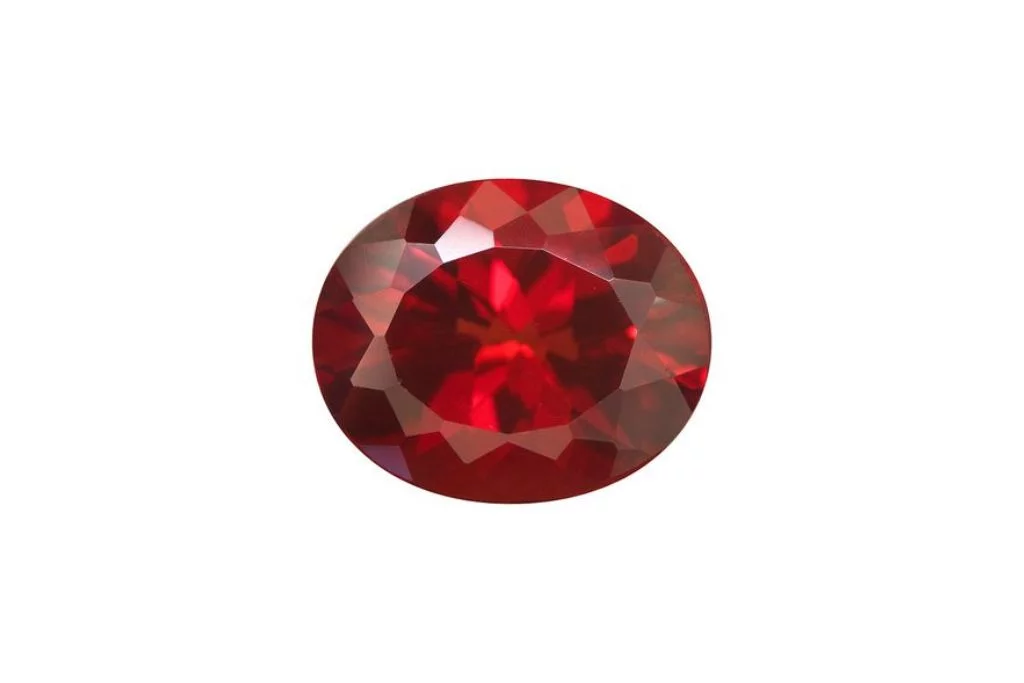Color and Appearance of Andesine-Labradorite
Andesine-Labradorite is a captivating feldspar mineral that exhibits a stunning range of colors. This gemstone typically displays warm hues, including shades of yellow, orange, and red. Some specimens may also showcase hints of green or blue, adding to its allure. The most prized Andesine-Labradorite crystals possess a vibrant, almost neon-like orange-red color that seems to glow from within.
Crystal Structure and Physical Characteristics
The crystal structure of Andesine-Labradorite is triclinic, which contributes to its unique optical properties. It has a Mohs hardness of 6 to 6.5, making it relatively durable for use in jewelry. The gemstone typically forms as anhedral to subhedral crystals, often found in volcanic rocks. Its lustre ranges from vitreous to pearly, enhancing its visual appeal.
Unique Features and Notable Aspects
What truly sets Andesine-Labradorite apart is its remarkable schiller effect, also known as labradorescence. This optical phenomenon creates a mesmerizing play of color across the surface of the stone, reminiscent of the Northern Lights. As light interacts with the internal structure of the crystal, it produces a shimmering, iridescent effect that shifts and changes with the viewing angle. This feature, combined with its warm color palette, makes Andesine-Labradorite a highly sought-after gemstone for both collectors and jewelry enthusiasts.
Rarity and Occurrence
Andesine-Labradorite is relatively rare, with significant deposits found in only a few locations worldwide. The most notable sources include the Tibetan plateau and certain regions in Mongolia and the Democratic Republic of Congo. Its scarcity, combined with its captivating appearance, has led to a surge in popularity among gemstone connoisseurs in recent years.
Historical and Cultural Significance of Andesine-Labradorite
Andesine-Labradorite, a feldspar mineral, has garnered attention in recent years for its striking appearance and metaphysical properties. While not as historically significant as some other gemstones, it has become increasingly popular in modern crystal healing practices and jewelry making. The stone’s rich red to orange hues, combined with its iridescent flashes, have made it a sought-after gem among collectors and enthusiasts alike.
Metaphysical Associations
In the realm of crystal healing, Andesine-Labradorite is believed to possess a unique combination of energies. It is said to blend the grounding properties of Andesine with the transformative qualities of Labradorite. Many practitioners associate this stone with emotional balance, inner strength, and personal growth. It is thought to enhance one’s ability to navigate life’s challenges with grace and resilience, while also fostering a sense of adventure and self-discovery.
Common Uses and Benefits
Andesine-Labradorite finds its primary use in jewelry, where its captivating play of colors can be fully appreciated. Beyond its aesthetic appeal, crystal enthusiasts often incorporate this stone into meditation practices and energy healing sessions. It is believed to aid in releasing negative emotions, promoting mental clarity, and enhancing intuition. Some users report feeling a sense of calm and balance when working with this stone, making it a popular choice for stress relief and emotional healing.
Traditional and Modern Applications
While Andesine-Labradorite lacks a long history of traditional use, it has quickly found its place in modern metaphysical practices. Today, it is often used in crystal grids, carried as a pocket stone, or worn as jewelry to harness its perceived benefits throughout the day. In alternative healing practices, practitioners may place the stone on specific chakras to promote energy flow and balance. Its growing popularity has also led to its inclusion in various meditation and mindfulness programs, where it is used as a focal point for concentration and self-reflection.

